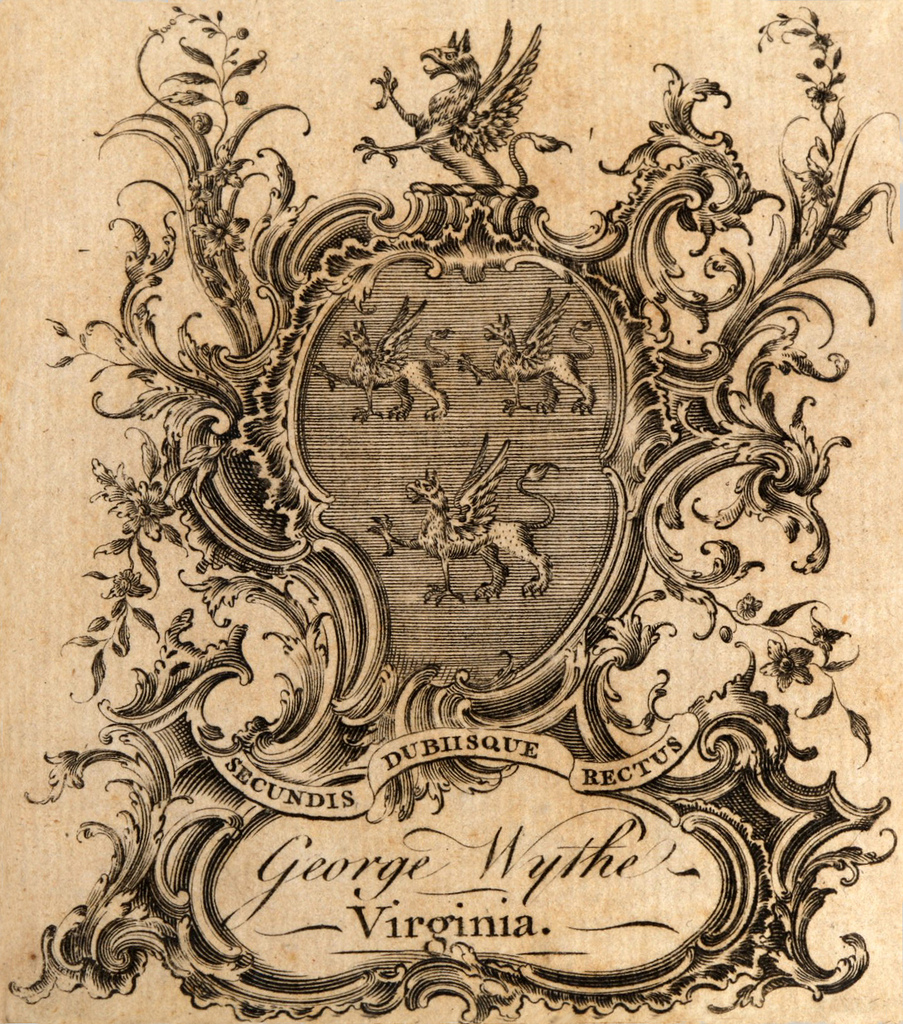Jacobi Vanierii è Societate Jesu Praedium Rusticum: Difference between revisions
Jump to navigation
Jump to search
| Line 18: | Line 18: | ||
|desc= | |desc= | ||
}} | }} | ||
Jacques Vanière was a Jesuit priest and poet born March 9, 1664 in Causses within the diocese of Beziers. He inherited a deep love and respect for the countryside from his parents. Vanière studied under a priest named Father Joubert who found that Vaniere had little talent for poetry. However, Vanière developed as a poet under Joubert and entered the Jesuits where he continued to study the humanities. He gained prominence in France when he published two poems: Stagna and Columbae. | Jacques Vanière was a Jesuit priest and poet born March 9, 1664 in Causses within the diocese of Beziers.<ref>Reynaud, Florian. L’elevage bovin: De l’agronome au paysan (1700-1850). Rennes: PU, 2010.</ref> He inherited a deep love and respect for the countryside from his parents. Vanière studied under a priest named Father Joubert who found that Vaniere had little talent for poetry. However, Vanière developed as a poet under Joubert and entered the Jesuits where he continued to study the humanities. He gained prominence in France when he published two poems: Stagna and Columbae. | ||
==Evidence for Inclusion in Wythe's Library== | ==Evidence for Inclusion in Wythe's Library== | ||
Revision as of 17:57, 27 May 2015
by Jacques Vanière
Jacques Vanière was a Jesuit priest and poet born March 9, 1664 in Causses within the diocese of Beziers.[1] He inherited a deep love and respect for the countryside from his parents. Vanière studied under a priest named Father Joubert who found that Vaniere had little talent for poetry. However, Vanière developed as a poet under Joubert and entered the Jesuits where he continued to study the humanities. He gained prominence in France when he published two poems: Stagna and Columbae.
Evidence for Inclusion in Wythe's Library
References
- ↑ Reynaud, Florian. L’elevage bovin: De l’agronome au paysan (1700-1850). Rennes: PU, 2010.
External Links
View the record for this book in Google Books.
